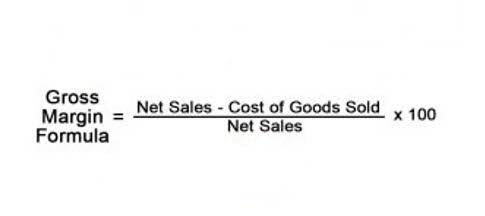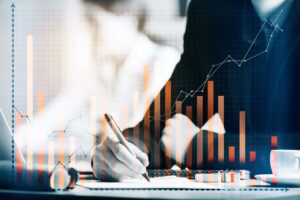
Business owners and managers use this information to budget are expense accounts liabilities effectively, manage cash flow, and set pricing strategies. Accurate financial data ensures a clearer picture of operational performance and financial position, enabling more informed strategic choices. For example, if a business owns $500,000 worth of assets and owes $300,000 in liabilities, only $200,000 truly belongs to the owner. As an accounting or bookkeeping firm, understanding liabilities inside and out helps you guide clients to make smart borrowing choices, plan ahead, and keep their reports accurate. Use the list below to help you determine which types of accounts you need in business.

Liabilities vs. expenses

Sometimes, both credit and debit may be posted in the same account depending on a financial transaction. The information contained herein is shared for educational purposes only and it does not provide a comprehensive list of all financial operations considerations or best practices. Our content is not intended to provide legal, investment or financial advice or to indicate that a particular Capital One product or service is available or right for you. Nothing contained herein shall give rise https://sitios.yacarehosting.com/what-is-straight-line-depreciation-formula/ to, or be construed to give rise to, any obligations or liability whatsoever on the part of Capital One.

Cost of Goods Sold (COGS)
- Accrued liabilities are expenses incurred by an organization in the previous financial period but whose payment has npt been settled, even after the conclusion of the financial period.
- Expenses are reported on a company’s income statement, which summarizes financial performance.
- It will allow the expense incurred to be charged at the accurate price when payment is made in full.
- And if liabilities accounts are classified by numbers starting with the digit 2, then accounts payable might be labeled 201, Insurance Payable might be labeled 202 and so on.
- This recognition is crucial as it ensures that all financial obligations are recorded in a timely manner, providing a transparent view of the company’s financial health.
- Non-current assets are long-term; for example, land, building, and equipment.
- This means that the buyer can receive supplies but pay for them at a later date.
The balance of total liabilities influences the accounting equation, where a company’s assets equal its liabilities plus equity. To record expenses, debit the expense account and credit the corresponding asset or liability account, depending on the payment method. For example, if you pay cash for office supplies, debit the “Office Supplies Expense” and credit “Cash.” This practice ensures your income statement reflects all business costs accurately. Expenses are recorded on the income statement, directly affecting net income and, subsequently, retained earnings on the balance sheet. Misclassifying expenses or liabilities can distort a company’s financial health, affecting investor confidence and decision-making. An expense represents a cost a business incurs through its operations to generate revenue, essentially the cost of resources consumed during a specific period.
Are accrued expenses current liabilities?

List short-term (current) liabilities first on your balance sheet. Record noncurrent or long-term liabilities after your short-term liabilities. In contrast, GAAP follows a more rules-based approach, with specific guidelines for different types of liabilities. For example, GAAP provides detailed criteria for the recognition and measurement of contingent liabilities, ensuring that companies consistently apply the standards.
- Expenses are recognized as soon as the resource or service is used, not necessarily when the payment is made.
- As liabilities increase, they may affect a company’s financial health and stability.
- For example, in the U.S. the IRS requires that travel, entertainment, advertising, and several other expenses be tracked in individual accounts.
- Based on the sophistication of the company, the chart of accounts can be paper-based or computer based.
- If you are a Bookkeeper or an accountant who has been assigned the task to prepare an initial Chart of Accounts you will need to determine the following information.
- When a company issues long-term debt, the party purchasing the debt (the creditor) may not always pay the face value of the bond.
- All this information is summarized on the balance sheet, one of the three main financial statements (along with income statements and cash flow statements).
- Because accounting periods do not always line up with an expense period, many businesses incur expenses but don’t actually pay them until the next period.
- Expenses have their own VIP lounge on the income statement, hobnobbing with revenue, gains, and losses.
- The money is spent to operate the business now, and the cost will appear on the income statement.
Banks, Car Dealership Accounting for example, want to know before extending credit whether a company is collecting—or getting paid for—its accounts receivable in a timely manner. Both the current and quick ratios help with the analysis of a company’s financial solvency and management of its current liabilities. Unearned revenue is money received or paid to a company for a product or service that has yet to be delivered or provided.

Why Are Current Liabilities Important to Investors?
Once recognized, liabilities must be measured and reported at their appropriate values. This often involves estimating the future cash outflows required to settle the obligations. For instance, long-term debt is typically recorded at its present value, which is the amount that would need to be paid today to settle the debt in the future. This requires the use of discount rates to account for the time value of money, ensuring that the reported liability reflects its true economic burden on the company. Accrued expenses and liabilities are essential components of financial accounting, ensuring that expenses are recognized in the period they are incurred.
